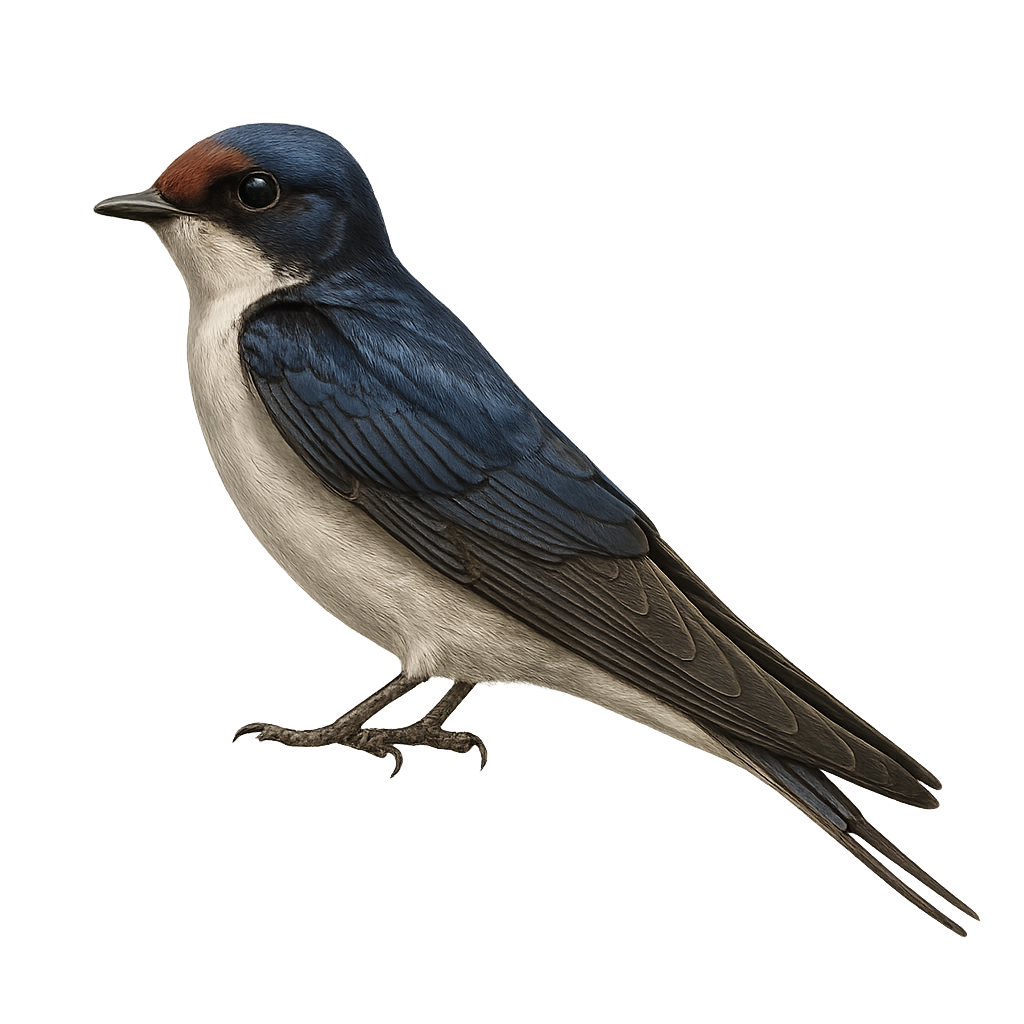Your wildlife photography guide.
Explore the ethiopian swallow in detail, study its behavior, prepare your shots.
Where to observe and photograph the ethiopian swallow in the wild
Learn where and when to spot the ethiopian swallow in the wild, how to identify the species based on distinctive features, and what natural environments it inhabits. The WildlifePhotographer app offers tailored photography tips that reflect the ethiopian swallow’s behavior, helping you capture better wildlife images. Explore the full species profile for key information including description, habitat, active periods, and approach techniques.
Ethiopian Swallow
Scientific name: Hirundo aethiopica

IUCN Status: Least Concern
Family: HIRUNDINIDAE
Group: Birds
Sensitivity to human approach: Suspicious
Minimum approach distance: 5 m
Courtship display: February to June
Incubation: 14-16 jours
Hatchings: February to July
Habitat:
Open areas, villages, towns
Activity period :
Primarily active during the day, with peak activity in the morning and late afternoon.
Identification and description:
The Ethiopian Swallow is a small, graceful bird, identifiable by its metallic blue back and white underparts. It has a forked tail typical of swallows. This species is mainly found in sub-Saharan Africa, frequenting open areas, villages, and towns. It is often seen in flight, hunting insects for food. The Ethiopian Swallow is a partial migrant, moving according to seasons and food availability. It builds a cup-shaped nest with mud, often under building eaves. Its population is stable, and it is not considered threatened.
Recommended lens:
400 mm – adjust based on distance, desired framing (portrait or habitat), and approach conditions.
Photography tips:
To photograph the Ethiopian Swallow, it's advisable to use a 400mm lens or longer to capture detailed images from a distance. Look for places where they gather, such as open areas or villages. Be patient and wait for them to perch or fly nearby. In the morning or late afternoon, the light is often softer, which can enhance the quality of your photos. Use a tripod to stabilize your camera and achieve sharp images.
The WildlifePhotographer App is coming soon!
Be the first to explore the best nature spots, track rutting seasons, log your observations, and observe more wildlife.
Already 1 450 wildlife lovers subscribed worldwide

